Digitally tuned radios are radios that use digital control and frequency synthesis technology to select channels. Since this radio uses a highly stable crystal oscillator as a reference, the frequency stability of its local oscillator can meet the requirements of amateur radio communication listening. The digital tuning radio introduced in this article is an additional device for receiving amateur radio signals. It is easy to manufacture and convenient to use, without changing the radio circuit. As long as the add-on is moved closer to the radio when receiving, the SSB and SSB can be received stably. Constant Amplitude (CW) signal.
Working principle Because the signal modulation method of amateur radio communication is different from that of broadcast signals, it is impossible to demodulate amateur radio signals with ordinary radios. To enable the radio to receive SSB or CW signals, a beating oscillator (BFO) is usually added to the detection level of the radio. The beating signal and the external signal are added to the detection level together. After the beat detection, the radio can only listen to amateur Radio signal.
The adder is actually a beat oscillator. The frequency of the oscillator can be adjusted to be consistent with the frequency of the SSB and CW signals. The high-frequency signal radiated by the beat oscillator is received by the radio together with the SSB and CW signals, and is added to the detection level after being mixed and placed in the middle. Experiments show that this method allows the radio to also receive clear amateur radio signals.
The adder circuit is shown in Figure 1. It is composed of 2SK168 and other components of high stability Krato oscillator circuit. By adjusting the variable capacitor C3, the frequency of the oscillator can be changed between about 7 and 7.1 MHz, and it can receive amateur radio signals in the 40-meter band with the radio. Due to the existence of harmonic signals, the radio can also hear SSB and CW signals around 14MHz.
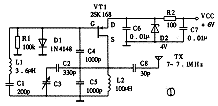
| Production and debugging The printed board is made according to Figure 2. The actual size of the circuit board is about 40 × 60mm. In order to ensure the frequency stability of the oscillator, VT1 uses 2SK168, 3DJ6 and other field effect tubes, C1, C2, C4, and C5 use mica capacitors. C3 uses one of the sealed double-connected capacitors. If the enclosure allows, use air double-connected capacitors ( 360pF × 2) The effect is better. L1 needs to be self-made |
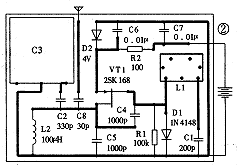
| Turn on the power and debug the oscillator. Connect the frequency meter to C8, the variable capacitors are all screwed in, adjust the magnetic core of L1, so that the frequency of the oscillator is exactly 7MHz. Turn C3 and observe whether the oscillator frequency change range is 7 ~ 7.1MHz. If the error is large, the value of C2 can be changed appropriately. In amateur conditions, no frequency meter can also be adjusted in conjunction with a digital tuning radio. Tune the radio to 7MHz, turn up the volume and approach the oscillator, and slowly rotate the magnetic core of L1. At a certain position, the noise of the radio can be significantly reduced. At this time, the frequency of the oscillator is 7MHz. Normally tune the radio to 7MHz or 14MHz near the radio, connect a section of 4-5 meters outdoor antenna, carefully adjust the variable capacitor and change the distance between the adder and the radio, so that the best listening effect |
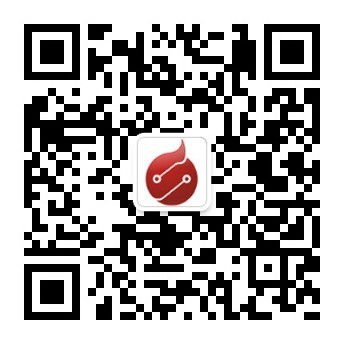
Follow WeChat
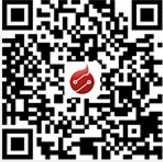
Download Audiophile APP
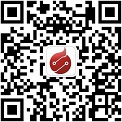
Follow the audiophile class
related suggestion